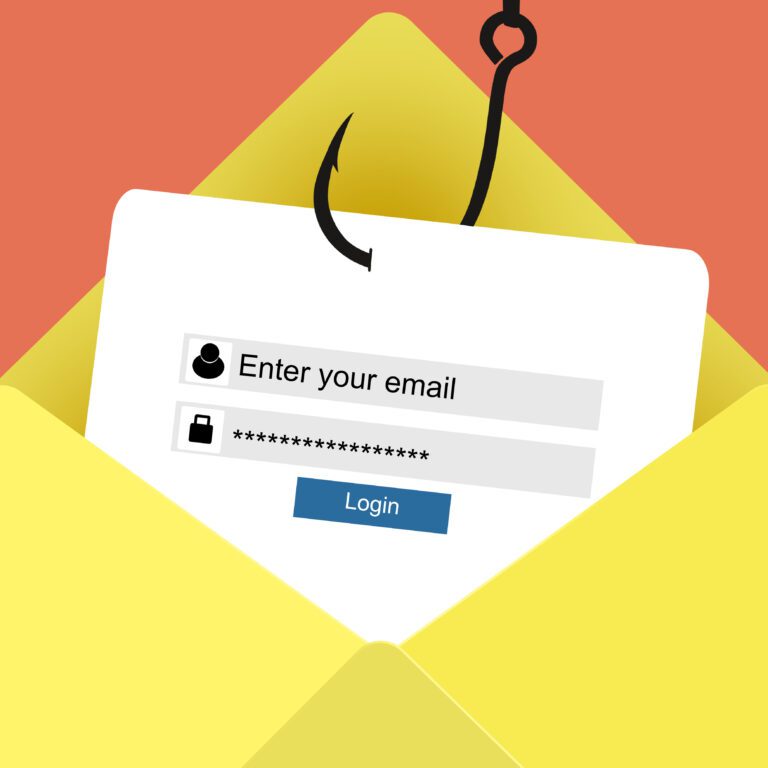Every year, businesses lose billions of dollars to BEC attacks, and Microsoft 365 is one of the top targets. According to the 2024 IC3 report, there were over 21,400 BEC complaints in 2024, with losses totaling more than $2.7 billion.
As the world’s most widely adopted cloud productivity suite, Microsoft 365 is popular not only among organizations, but also among cybercriminals.
So, what can you do to protect your organization’s Microsoft 365 platform? In this article, we’ll break down exactly why Microsoft 365 is under siege and share security best practices to safeguard your accounts, users and business from the inside out.
Why Microsoft 365 accounts are so attractive to hackers
Microsoft 365 has become an essential tool for businesses of all sizes. Its widespread adoption and deeply integrated suite of tools offer immense value not just to its users, but also to attackers looking to exploit them.
They understand that one compromised account can open the doors to emails, documents, collaboration tools, calendars and sensitive business information. To threat actors, this means a huge payout potential. And they’re exploiting every possible entry point — from sophisticated phishing campaigns and OAuth app abuse to session token hijacking. The more integrated and vital M365 becomes to your business, the more attractive it becomes as a target for theirs.
Weak spots within Microsoft 365 that make it easier for attackers
Although Microsoft 365 has robust infrastructure and strong security features, it isn’t immune to disasters. Many businesses leave critical gaps when setting up that make it easier for threat actors to exploit. These include:
MFA gaps or disabled MFA
Although MFA is one of the most effective ways to prevent unauthorized access, many organizations either don’t enforce it across all accounts or rely on outdated systems that avoid it altogether.
Unmonitored guest accounts
These accounts create an invisible attack surface for cybercriminals to exploit. A SaaS Alerts dataset revealed that 55% of accounts were guest users rather than licensed users. When left unmonitored or inactive, these accounts become unseen entry points for cybercriminals.
Risky file sharing and orphaned external links
SaaS apps, such as Microsoft 365, make it easy to collaborate and share information to enhance productivity. However, without proper oversight, this convenience could turn into a major security risk. These links can remain accessible indefinitely, long after they’ve served their purpose — unknowingly exposing sensitive data or giving attackers a backdoor into confidential information.
SaaS-to-SaaS integrations
As businesses connect third-party SaaS tools to Microsoft 365 for productivity and automation, they also open the door for cybercriminals who exploit these third-party connections. Without visibility or governance, these connections can spread unchecked, creating serious vulnerabilities.
The modern M365 threat landscape
Cybercriminals are constantly evolving, making them more sophisticated and dangerous than ever. Today, Microsoft 365 environments face a wide array of threats, including:
Phishing-as-a-Service (PhaaS)
Cybercriminals now use ready-made phishing kits that make it easier for even low-skilled attackers to launch advanced phishing attacks at scale.
Token hijacking and AiTM attacks
Cybercriminals are using advanced tactics, such as token hijacking and AiTM attacks, to steal session tokens. Once obtained, these tokens allow them to bypass MFA and access accounts without needing passwords.
OAuth abuse
Attackers use malicious third-party apps to impersonate legitimate tools. Once the victim approves the permissions requested by the malicious app, they gain persistent access to user accounts and data without triggering security alerts.
File-sharing exploits
Hackers constantly look for entry points or weak spots to exploit. Publicly shared files and forgotten external links make for perfect, hidden vulnerabilities that can be exploited to steal sensitive business data.
IP localization and VPN evasion
More attackers are now using IP localization techniques — manipulating their IP addresses to bypass foreign login alerts.
How to defend Microsoft 365
To better protect your Microsoft 365 accounts, you need a proactive defense strategy. Here are a few things to consider to strengthen security:
Enforce MFA
Make MFA mandatory across all users and services. Wherever possible, opt for phishing-resistant methods like FIDO2 keys or authenticator apps.
Tighten default Microsoft 365 configurations to reduce vulnerabilities
- Set up conditional access policies to prevent unauthorized access and data breaches. Define rules that block or restrict risky login attempts based on factors like device health or user location.
- Limit access from high-risk countries or regions commonly associated with malicious activity to reduce exposure to global threats.
- Restrict OAuth permissions to prevent unauthorized third-party apps from gaining access and ensure only trusted apps are connected.
Manage accounts effectively
- Check inactive guest accounts regularly and remove any that are no longer needed to minimize risk.
- Implement the principle of least privilege to ensure users can access only those resources that are required for their job role. This approach helps reduce your attack surface, contain threats before they spread and limit the damage from compromised accounts or malicious insiders.
Monitor activity manually
- Check sign-in logs in the Microsoft 365 admin center for suspicious login patterns.
- Audit file-sharing activity and revoke outdated or unnecessary sharing links to prevent data exposure.
Educate users
Phishing attacks are growing in frequency and complexity. Provide continuous phishing awareness training to help employees identify and avoid social engineering attacks.
How SaaS Alerts protects M365
SaaS Alerts combines intelligent automation with always-on protection to detect and remediate threats in Microsoft 365 environments in real time. Here’s how SaaS Alerts strengthens M365 security:
24/7 cloud detection and response
SaaS Alerts continuously monitors user activity and access across M365, identifying threats like MFA gaps, OAuth abuse, suspicious logins and file exfiltration, before they cause damage.
Automated remediation
Our platform automatically detects and remediates SaaS security threats. It blocks risky logins, expires stolen session tokens and disables compromised accounts automatically to stop attackers in their tracks.
Microsoft Secure Score management
Microsoft’s security recommendations are critical but complex and time-consuming. With SaaS Alerts, you can apply these recommendations at scale and secure your M365 tenants in seconds. Businesses using SaaS Alerts see average Secure Score improvements of over 35%.
Guest account and integration oversight
Our solution automatically identifies and removes unused guest accounts, while giving full visibility and control over third-party SaaS integrations that may expand your attack surface.
Data loss prevention
SaaS Alerts prevents unauthorized access and reduces the risks of data breaches significantly. By proactively alerting on risky file-sharing behaviors, detecting orphaned external links and flagging potential data exfiltration attempts, SaaS Alerts helps you to stay ahead of bad actors.
Take control of Microsoft 365 security with SaaS Alerts
Defending your organization’s mission-critical Microsoft 365 accounts is possible with the right mix of strong policies, strict MFA enforcement and constant vigilance. However, doing it manually is time-consuming and prone to errors.
With SaaS Alerts, you get continuous, automated protection that detects threats in real time, remediates issues before they escalate and closes the security gaps traditional tools miss.
Discover how SaaS Alerts simplifies and strengthens your M365 security. Learn more.


